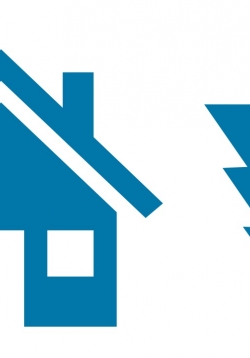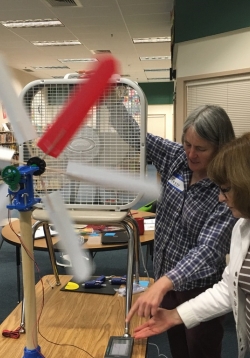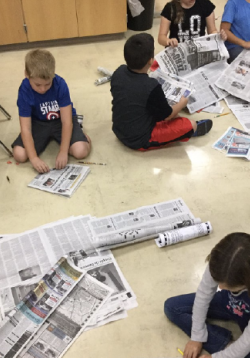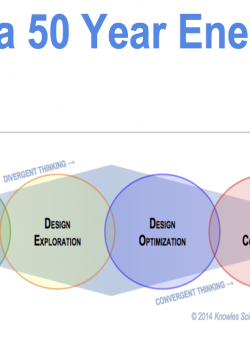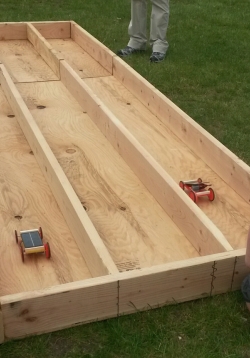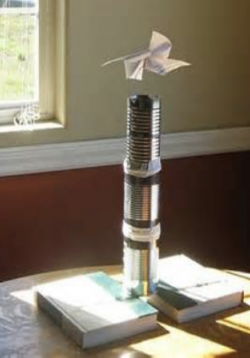Exploring Center of Gravity
Since the concept Center of Gravity (mass) is a key factor in a mobile, students will participate in some activities to help them experience and understand this principle so it can be applied to their final Solar Mobile design. This lesson starts with a...


